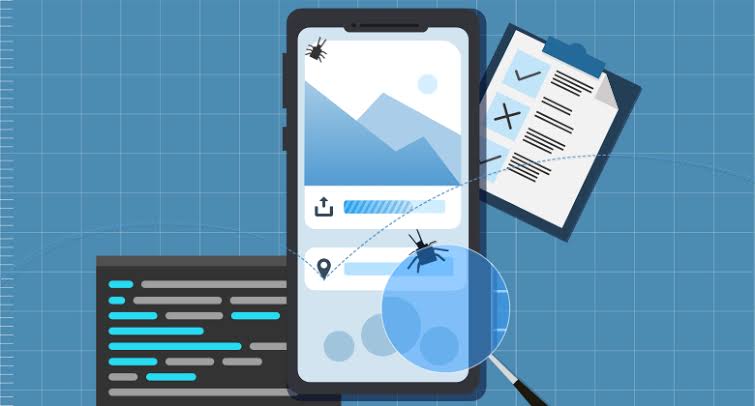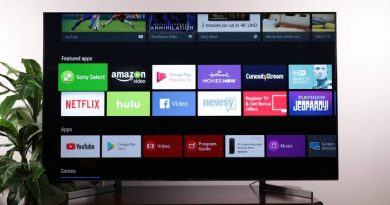Top Strategies for Effective Mobile App Testing
Users installing an app on their smartphone want to solve some sort of their problem. So if the app is giving them a lot of trouble, they are more likely to look for another solution. Therefore, you need to conduct thorough testing to be sure that your application performs all its functions, is compatible with other software and users’ mobile devices and is easy to use. You should entrust this task to in-house QA specialists or hire an outsourced software testing company. In this article, we will describe several strategies to help you prepare your product for market launch.
Mobile app testing: best practices
To ensure that testing brings maximum results for application developers, it is worth taking a comprehensive approach to its planning. We invite you to learn a few basic aspects of effective testing.
Prepare a mobile app testing plan
You’ll get a lot more benefit from testing if you start it during the development process. Integrate QA from the very beginning into the application development process. This approach will help you to identify and fix problems earlier. The QA engineers will also be able to have an idea of test cases, required results, and functional requirements from the very beginning. It is also recommended to conduct tests at every stage of development. You’ll note bugs that may affect app functionality and cause even more errors. As a result, you won’t need to spend valuable financial and time resources on a complex app fixing. A testing plan for a mobile app will allow you to systemize the required activities and help all the parties grasp their importance.
Take advantage of the automated testing
It allows you to script and reusing test cases. This can be very useful for repetitive tests and resource-consuming tasks. You should also choose the necessary tools, scripts, and frameworks. But it’s worth taking into account that automated tests don’t cover all test requirements, so manual testing is still needed.
Mobile testing on emulators and real devices
One of the most important testing tasks is to prove the product’s compatibility with different operating systems and devices. You can use emulators at the early stages. However, they cannot fully reproduce the real device behavior and will not have all its features. Therefore, something very important for the app integration with the particular device and its version may be missed. Moreover, real users will already have various processes going on their smartphones, which can affect it’s functioning. Testing without a real device will not show the right results. That is why from the very beginning you should determine what to test on emulators and what on physical devices.
Beta-testing
Beta testing allows you to get the most up-to-date and accurate information about how your app works in the real environment. In addition to user feedback, developers can also gather information about the app’s performance through analytics and monitoring tools, which should be chosen before beta-testing.
Important mobile app testing scenarios

All functions of an app are important to users – compatibility, speed, security, etc. Thus, a mobile app should do its job flawlessly. It is testing that will help identify and fix problems of any kind.
Supported OS
What OS, as well as versions, will support your application? It is better to define several platforms for yourself. Of course, it will be difficult to test the application on all possible platforms, but you need to choose the most important ones. Your target audience research data can help you in planning.
Client and server-side testing
To get the most accurate information about how much load the application can handle, it is necessary to test client and server sides separately and simultaneously.
Security test cases
Your app users will enter their personal data during registration, send important information, specify their payment data, provide the location, etc. Your task as a vendor is to ensure your customers’ security. Be sure to check your app for possible data leaks, vulnerabilities. Check what information on the smartphone your app has access to and how it uses it.
Internet connection
The primary purpose of creating an app is to make people’s lives easier. So, when testing, you should keep in mind that your app will be used not only on different devices but also in different places. And the internet isn’t as fast everywhere as it may be in your office! Check how your app works when the connection is slow, when it is down, or when you switch networks…
Battery
Even if your app is perfect in terms of design and features but it drains the battery very quickly, it is likely that users will look for something with lower power consumption. You can check which processes, such as sending files, data transfering, geolocation, or video, need the most battery. In such a way you will estimate the load of the various processes to be calculated more efficiently.
Localization test cases for mobile application
When creating worldwide used apps, think about users who speak different languages. Test your localization thoroughly. Besides the interface language, pay attention to the currency and date format.
Conclusions
You can surprise your users with an innovative offer. But for a product to be popular, it must be not only useful but also of high quality. The listed testing practices will help you create a product that will meet the highest demands of users.


